The core highlight of this filter is its built-in silicone sheet filter layer. As a high-performance elastic material, silicone has high-temperature resistance, aging resistance, corrosion resistance,...
See Details [email protected]
[email protected] +86-18857088392
+86-18857088392 No. 1, Guihua 'an Road, Qinggang Xiaohu Family, Mushan Town, Yuyao , Zhejiang, CHINA
No. 1, Guihua 'an Road, Qinggang Xiaohu Family, Mushan Town, Yuyao , Zhejiang, CHINA
How a Home Water Filter Cartridge Works: How Does It Purify Water?
Industry News-1. Physical filtration (coarse filtration)
Physical filtration is the most basic filtration method in water filtration systems. It removes larger particles and suspended matter in the water through the pores or fiber structure of the filter element. Simply put, it is to filter out those insoluble or very large pollutants by physical interception. This process does not rely on chemical reactions, but simply removes unnecessary substances through physical action.
Working principle:
Physical filtration relies on the fibers or pores of the filter element material to block impurities in the water. For example, mud, rust, large particles of pollutants in the water will be filtered out, thereby ensuring cleaner water quality.
Common filter element types:
Multi-layer fiber filter element: This filter element is generally composed of multiple layers of different fibers, such as cotton fibers, polypropylene fibers, etc. They filter particles of different sizes on each layer, gradually removing larger impurities and pollutants. Cotton fiber layers are usually used to capture larger particles, while polypropylene fibers are used to filter finer suspended matter.
Ceramic filter element: Ceramic filter element uses its extremely fine pore size (usually less than 0.5 microns) as a filter medium, which can effectively filter out fine particles, bacteria, silt, rust and other impurities in the water. The structure of ceramic is very strong, can be used for a long time, and is not easy to break.
2. Chemical filtration
Chemical filtration removes harmful chemicals in water through the adsorption effect of the filter element material. Chemical filters usually use special materials such as activated carbon or resin, which can adsorb harmful substances in water to achieve the effect of water purification. Unlike physical filtration, chemical filtration can not only remove particulate matter, but also remove chemicals dissolved in water.
Working principle:
Chemical filter element removes harmful chemicals in water through "adsorption". Pollutant molecules in water interact with the surface of the filter element and are adsorbed to the surface or pores of the filter element material, thereby removing pollutants in the water.
Common filter element types:
Activated carbon filter element: Activated carbon filter element adsorbs chlorine, odor, volatile organic compounds (VOC), pesticide residues, dissolved organic matter, etc. in water through its huge microporous structure on the surface. These substances are usually the main source of unclean water, and activated carbon can firmly adsorb them, improve the taste of water and remove harmful substances in water.
Resin filter element: Resin filter elements are generally used to soften water or remove heavy metals. This type of filter element removes hardness ions (such as calcium and magnesium ions) or harmful metal ions (such as lead, copper, etc.) in water through the principle of ion exchange. Its working principle is similar to activated carbon, but the difference is that it exchanges ions through chemical reactions instead of adsorption.
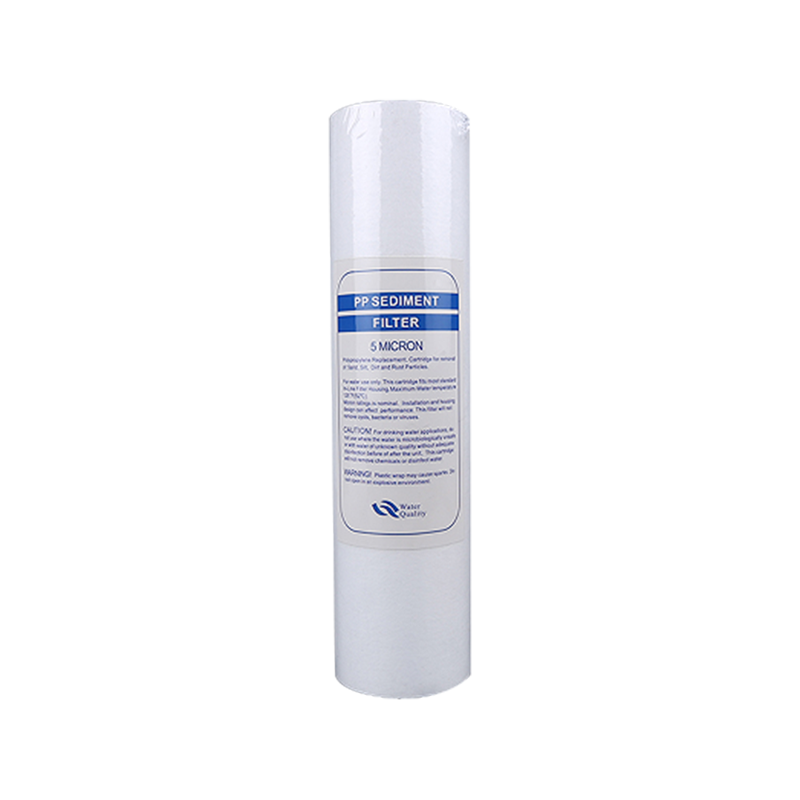
3. Ion exchange
Ion exchange is a chemical process that is often used to remove hardness (calcium and magnesium ions) and certain harmful metal ions (such as iron, lead, etc.) in water. Through this process, harmful ions in water are replaced by resin materials in the filter element, usually by exchanging bad ions for ions that are harmless to water quality through ion exchange resin.
Working principle:
Harmful ions in water are exchanged with ions on the resin. When water flows through the ion exchange resin, the resin will react chemically with the metal ions in the water (such as calcium, magnesium, lead, iron, etc.), exchanging sodium ions (Na+) or hydrogen ions (H+) that are harmless to the human body. This reaction makes the water softer and safer.
Common applications:
Soft water filter element: Calcium and magnesium ions in hard water can cause scale formation and affect the service life of household appliances. The soft water filter element removes these ions through the principle of ion exchange, softens the water quality, makes the water milder, and is more friendly to household water.
Iron removal filter element: For iron ions in water, the ion exchange filter element will replace the iron ions, thereby removing the rust smell and metal pollutants in the water.
4. Reverse osmosis (RO)
Reverse osmosis (RO) is a highly efficient water purification technology that can remove almost all dissolved substances in water, including heavy metals, bacteria, viruses, organic chemicals, etc. The RO membrane has an extremely small pore size (about 0.0001 microns) and can effectively filter out most harmful substances.
Working principle:
The working principle of reverse osmosis is based on the characteristics of semi-permeable membranes. Reverse osmosis membranes have very small pores, water molecules can pass through the membrane, while other larger substances (such as salt, bacteria, heavy metals, etc.) cannot pass through. By applying a certain pressure, water molecules are forced to pass through the membrane to achieve the purification effect.
RO technology can remove the following substances:
Dissolved solids (TDS): including salts, minerals, metals, etc. in water.
Bacteria and viruses: RO membranes can effectively filter out pathogenic microorganisms in water to ensure the safety of water quality.
Organic pollutants: including some organic substances dissolved in water.
Because the pore size of the RO membrane is very small, it can remove 99.9% of harmful substances in water, so it is considered to be one of the most advanced water purification technologies currently.
5. Ultraviolet (UV) disinfection
Ultraviolet (UV) disinfection is a physical disinfection method that kills bacteria, viruses and other microorganisms in water through ultraviolet radiation. Ultraviolet rays do not change the chemical composition of water, so it does not affect the taste or composition of water.
Working principle:
The UV lamp emits ultraviolet light of a certain wavelength to irradiate bacteria and viruses in the water. Ultraviolet light destroys the DNA structure of these microorganisms, making them lose their ability to reproduce and achieve the disinfection effect. After the water is disinfected by UV light, the number of bacteria and viruses is greatly reduced, thereby reducing the microbial contamination of the water.
Features of UV filter element:
No chemical addition: UV disinfection does not rely on any chemicals, so it does not change the taste, mineral content or other components of the water.
Instant disinfection: UV light can quickly kill pathogens in the water in a short period of time, so its disinfection effect is fast and efficient.
UV light is often used in conjunction with other types of filters (such as physical filtration, activated carbon, etc.) to provide comprehensive water purification.
6. Activated carbon post-treatment
Activated carbon is the last process in the water filtration system, and is usually used to remove pollutants such as odor, chlorine, and volatile organic compounds (VOC) in the water. The adsorption effect of activated carbon can further improve the taste and freshness of the water, ensuring that the water quality is purer.
Working principle:
After the water passes through other types of filtration, a small amount of odor or harmful substances may still remain. Activated carbon filters are able to absorb these substances through their porous surface, making the water quality reach the best state. The high surface area of activated carbon (approximately 300-2000 square meters per gram of activated carbon) enables it to effectively absorb various harmful chemicals in the water.
Activated carbon is commonly used for:
Removing chlorine from water: Chlorine is a common water treatment disinfectant, but it affects the taste of water. Activated carbon can remove the chlorine taste from water.
Removing odors: Activated carbon is also effective in absorbing odors and bad smells in water, such as bleach or fishy smells.

 English
English русский
русский Español
Español عربى
عربى 中文简体
中文简体
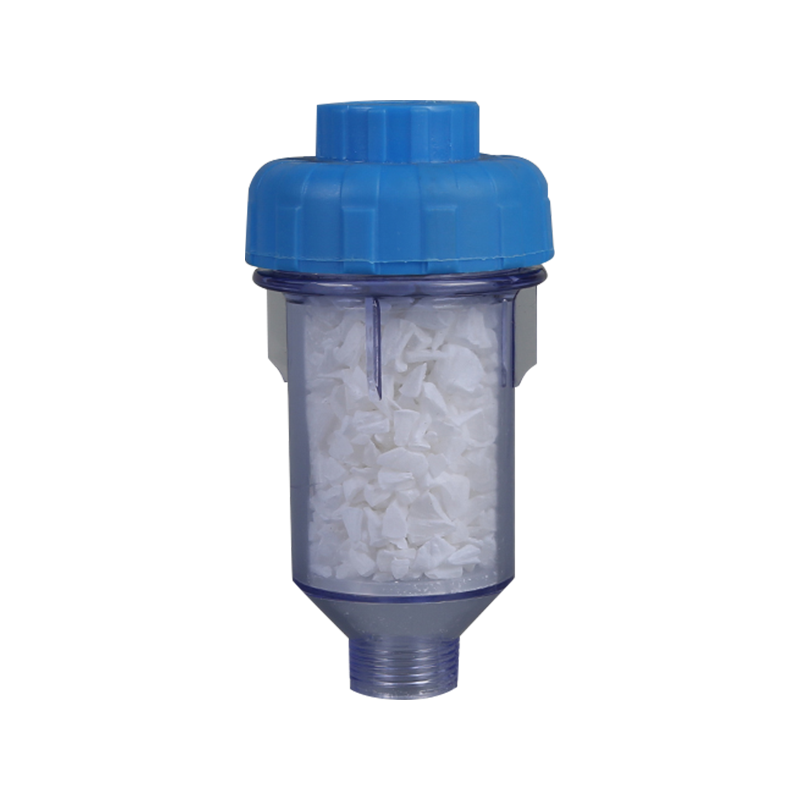 >
>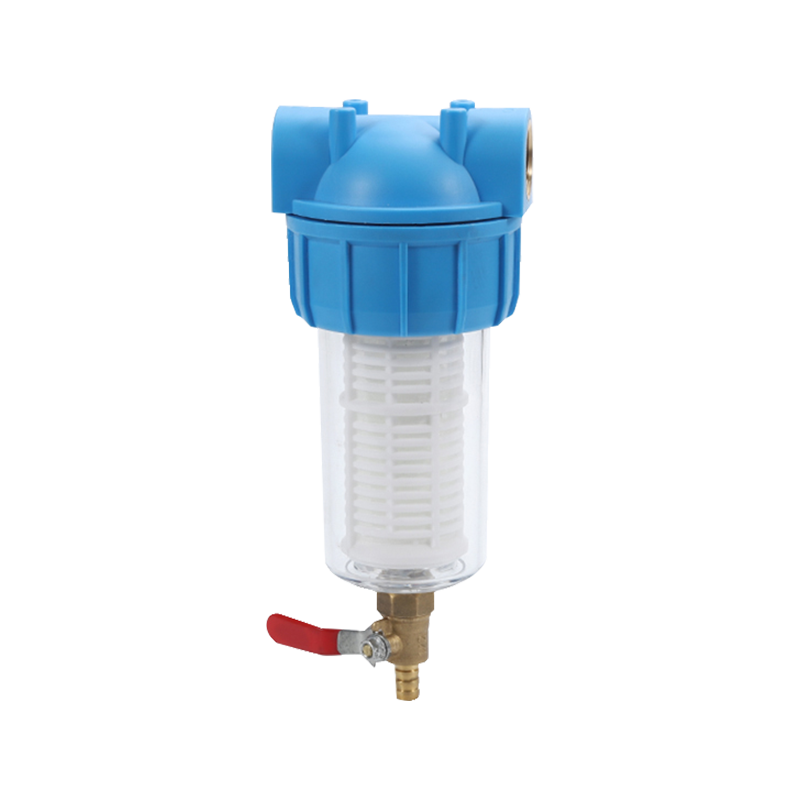 >
> >
> >
> >
>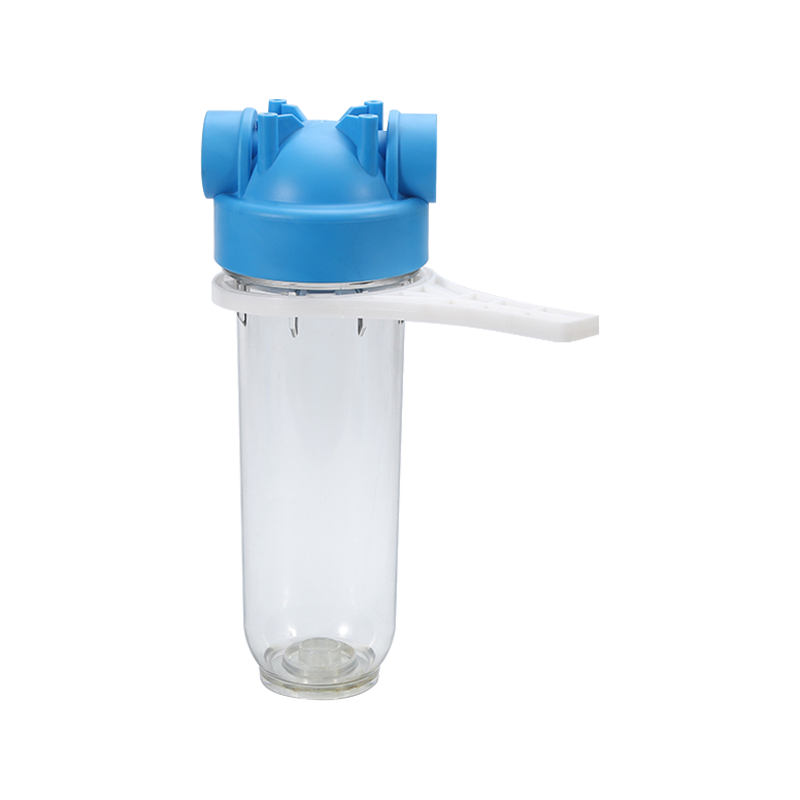 >
>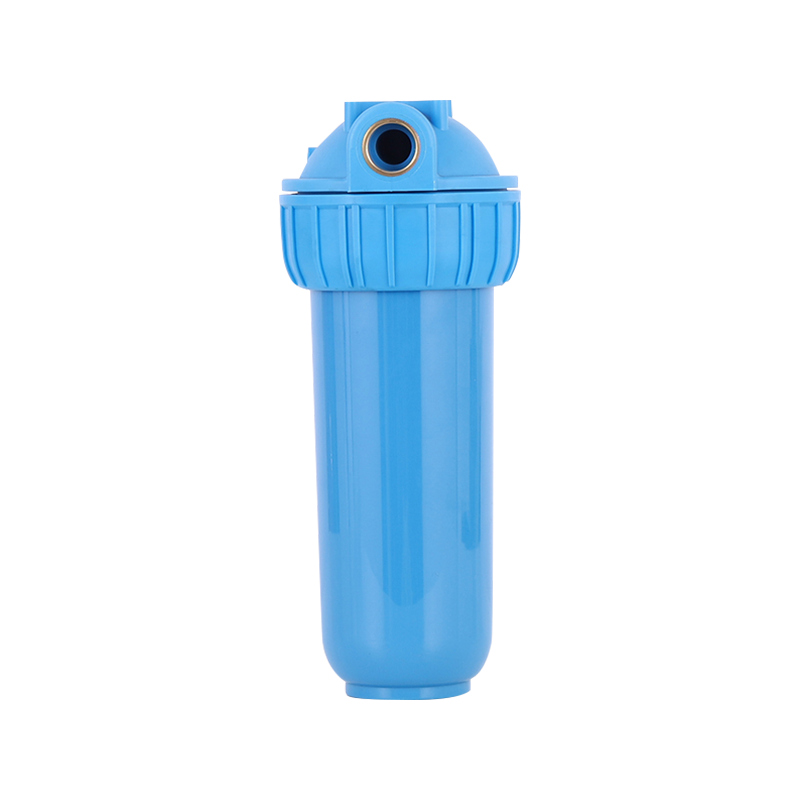 >
> >
>
